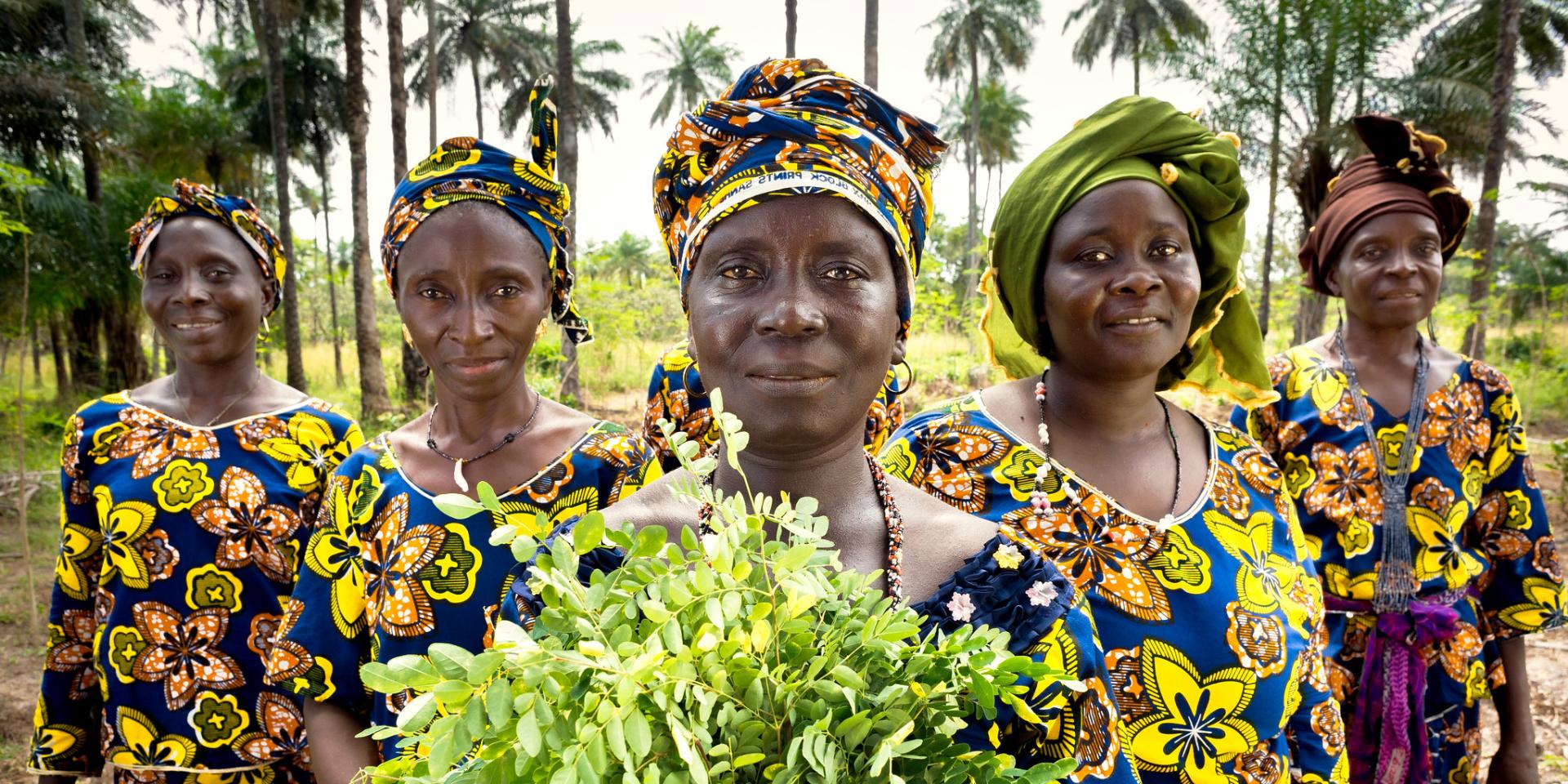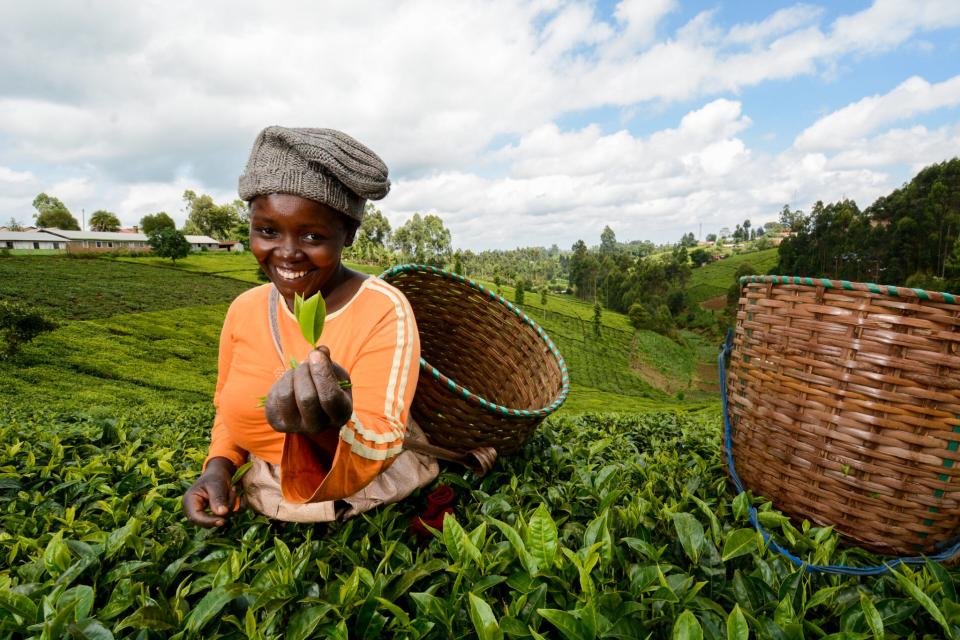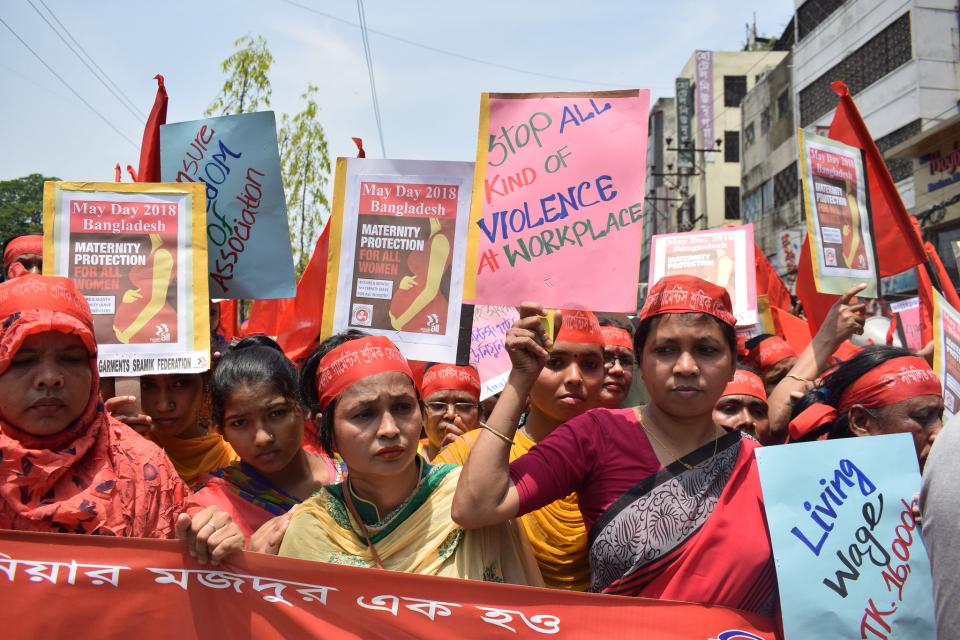Can women’s collective action in agrifood systems harvest resilience? Insights for practice, research
 Photo: Joe Saade/UN Women
Photo: Joe Saade/UN Women
Collective action can support women in agrifood systems, and the hope—in the face of destabilizing climate change—is that women’s collective action can increase their much-needed resilience. From our review, we present insights and lessons for practitioners using collective action to increase women’s resilience.
Researchers and practitioners engaged in Agricultural Research for development are interested in understanding how collective action in agrifood systems can facilitate the empowerment of small-scale women producers. Their resilience has also become a key concern, especially in the context of climate change adaptation and the COVID-19 pandemic.
In a soon-to-be-published rapid review, we explored the evidence (from low- and middle-income countries) linking women’s collective action and their resilience to shocks and stresses.
Collective action can support women in agrifood systems
Development practitioners, funders and researchers have promoted women-led producer organisations, women’s savings and loans groups, and other forms of collective action as strategies to advance women’s empowerment in agrifood systems.
By joining forces, women aim to overcome gendered barriers to development such as limited access to and control over productive and financial resources; less access to education, information and technologies; and limited inclusion in decision-making processes.
Indeed, women’s forest and farm producer organisations in the Philippines, Ghana and Kenya have been found to facilitate women’s access to resources, services and markets, as well as foster wider networks of support.
Additionally, by working together, women have been able to shift the gendered dynamics within groups like agricultural cooperatives, where men often dominate leadership roles and decision-making.
Women’s resilience is critical in the face of destabilizing climate change
People who live and work in rural areas tend to be more reliant on natural resources that are negatively impacted by climate change and are, therefore, particularly vulnerable to climate change.
However, within agrifood systems, women and men have experience climate change differently—from how they are exposed to climate shocks, to how they respond to the impacts—because of gendered roles in food value chains.
Women are especially vulnerable to climate shocks and stresses because gender inequalities limit their capacity to respond and adapt to climate change. But women also have agency and can take actions that promote adaptation and build climate resilience.
This means it is useful to understand how these groups can help build—or undermine—women’s resilience to shocks and stresses. We are interested in the mechanisms whereby women joining forces contributes to increasing their resilience in agrifood systems, which we know is a particularly important domain for women’s employment and livelihoods.
Women’s collective action supports their resilience
Many of the 33 studies in our review looked at how collective action helped women to access financial support (including savings, credit, loans and cash). Most found that this had a positive impact on women’s ability to cope with shocks and stresses, at least in the short term. Financial support gained via women’s groups was used to buy food, obtain loans for their businesses, sustain and diversify their livelihoods, support their children’s health and education, and in some cases enabled women to migrate.
Our analysis also identified other ways in which collective action is strengthening women’s resilience: for example, seven studies in our review found that women’s groups allowed them to access networks and improve social cohesion. Group members supported other members (and sometimes non-members) emotionally and financially, helping one another to meet basic needs (e.g., by sharing or buying food). In some cases, it was the existence of the group itself that was thought to have contributed to a culture of solidarity and mutual aid among women and their communities.
Lessons for practitioners using collective action to increase resilience
- Women supporting women. Perhaps most obviously, women’s groups provide access to a network of women who can support one another in different ways. This may be an expected benefit of collective action, but is not to be overlooked—the groups build resilience by increasing social cohesion, and providing emotional and financial support during times of crisis and beyond. Practitioners who aim to increase resilience should consider creating spaces, time and means for women to network.
- Consideration of sustainability. Our review revealed that financial services accessed through women’s group membership largely support women’s capacity to cope with and adapt to crises. However, the long-term sustainability of such groups may be jeopardised if a larger part of the community is affected by a shock where many group members require loans and thus deplete group assets. To ensure the sustainability of the group, practitioners could, for example, promote sustainable financial resource management practices, establish emergency funds, or monitor the financial health of savings and loan groups.
- Factors that moderate effects. We found that factors can influence the impact of collective action on women’s resilience: the maturity and size of the group, the initial motivation to form the group, the intensity of shocks and stresses, political and cultural contexts, interactions of shocks, and more. The factors are always context-specific, so practitioners could aim to inform their interventions by identifying individual impacts as well as any possible impact interactions (e.g., diversifying group activities to spread risk).
- Pathways of knowledge. We found clear indications of the positive effect of how knowledge sharing improved women’s preparation and responses to crises. Practitioners could boost the benefits of collective action by aiming to understand how knowledge is shared and accessed in women’s groups—they can map existing knowledge pathways and facilitate participatory knowledge exchange.
- Resilience for whom? We found some evidence of unequal access to benefits from groups and external interventions aimed at specific groups rather than the whole community. This worsens inequalities and threatens community cohesion. Practitioners must consider how interventions might affect community resilience, especially for marginalized groups, by practicing adaptive management based on feedback and evolving community dynamics.
Three areas require more evidence
While significant investments are promoting women’s collective action based on some initial evidence about its benefits, there is still limited evidence of its effects on women’s resilience due to a shock or chronic stress.
Three areas of future research would build a more comprehensive evidence base:
- The nature of the shock or stress: Primary research should delve deeper into the relationship between the benefits of women’s collective action while the women deal with particular kinds of shocks and stresses, such as
- acute (sudden, short-duration; e.g., earthquakes or sudden economic crises) versus chronic (long-term socioeconomic, environmental or health-related challenges)
- covariate versus idiosyncratic
- economic (e.g., market fluctuations, loss of employment, or sudden changes in commodity prices) versus environmental (e.g., droughts or floods)
- Disaggregated data: Collecting more granular data at the intragroup and intergroup level could help us to understand the differential impacts of collective action that people with different types of intersectionality experience, such as race, age, disability, sexuality, caste, and so on.
Interactions and moderating factors: More contextual analysis could help unpack the specific circumstances in which collective action strengthens women’s resilience.
The authors encourage discussion and sharing knowledge. Feel free to contact them: Giulia Nicolini, Kata Wagner.


